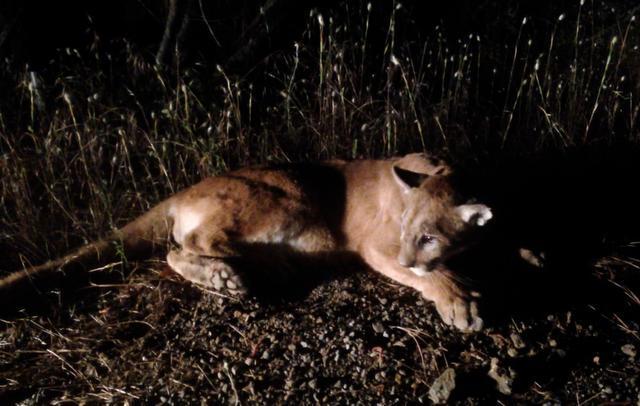California is mired in a drought, but Sacramento State is getting ready for rain.
The city has received a grant to reduce pollutants in stormwater runoff that flows into the adjacent American River. The $3.5 million grant is one of the largest of 27 stormwater grants awarded last month under Proposition 84, a 2006 bond measure that funded water quality projects.
The funds will pay for projects such as landscaping that absorbs and filters stormwater on the California State University, Sacramento, campus. The city hopes that the demonstration projects will serve as models that local businesses and developers can incorporate on their own.
Rainwater that falls on urban areas can’t be absorbed by rooftops and asphalt. The same applies to other urban sources of water – like runoff from overwatered lawns, industrial discharge and even condensation on air-conditioning units.
Sacramento has a system of storm drains to collect this water and send it into the nearby rivers. But along the way, the runoff collects pollutants such as fertilizers, fluids from cars and animal waste. Heavy runoff also contributes to flooding and erosion. To combat those problems, CSU Sacramento will build several new landscaping features.
Rain gardens have a specific mix of soils and often use native plants. The gardens are placed in low areas where runoff occurs, typically near a large building, parking lot or street. The soil and plants filter out sediments and other pollutants. Some of the water evaporates. The rest returns to the storm drain system, cleaner than it was before entering the rain garden.
The project will also have a “green street,” whose porous pavement will let water filter through to soil underneath.
Once complete, the new features at Sacramento State are expected to reduce the volume of stormwater runoff from their respective drainage areas by 50 to 88 percent.
The biggest challenge for the project at Sacramento State will be dealing with what’s already there.
The updated standards recommended by the Sacramento Stormwater Quality Partnership focus on new developments rather than retrofitting old buildings, said Maureen Kerner, a research engineer at the Sacramento State Office of Water Programs and a leader on the grant application. The stormwater partnership is run by multiple local agencies, including the city and county of Sacramento, with the goal of reducing erosion and pollution.
Adding the new facilities will be tricky, since it requires checking for incorrectly recorded utilities, finding enough space and managing local traffic on a campus founded in 1947. Sacramento State civil engineering professor John Johnston, who works with the Sacramento State Office of Water Programs, said they will have to “shoehorn these (changes) in, into a system that’s already there.”
Plants used in rain gardens need to be able to tolerate the varying amount of water, and are likely to include plants native to the local area, such as deergrass. According to Sherill Huun, supervising engineer for Sacramento’s stormwater program, landscape changes like rain gardens are “things that you don’t even notice.”
When physical construction finishes in the early part of 2017, signs describing the facilities, a website and walking tour information will be available to the public. Kerner expects the “campus to be a unique location as an educational facility to promote stormwater management.” $290,000 of the project’s funding is reserved for education and outreach efforts.
Stephen Green, president of the Save the American River Association, was cautious about the project. “The thing about the rain gardens is if they’re neglected, the water just goes through. If they maintain them, (the rain gardens) should continue to work.”
More at SacBee.com >>>
Read more here: http://www.sacbee.com/2014/06/20/6500417/sacramento-state-gains-grant-to.html#storylink=cpy

